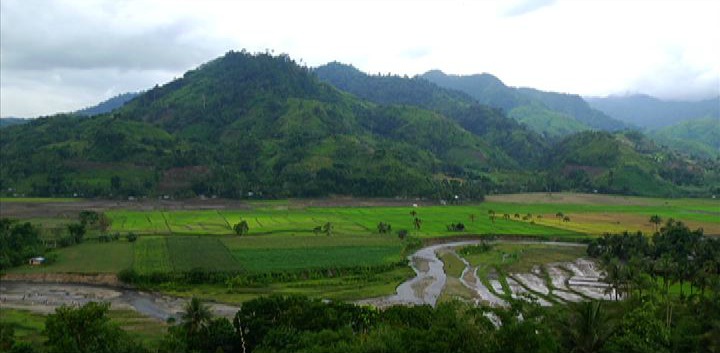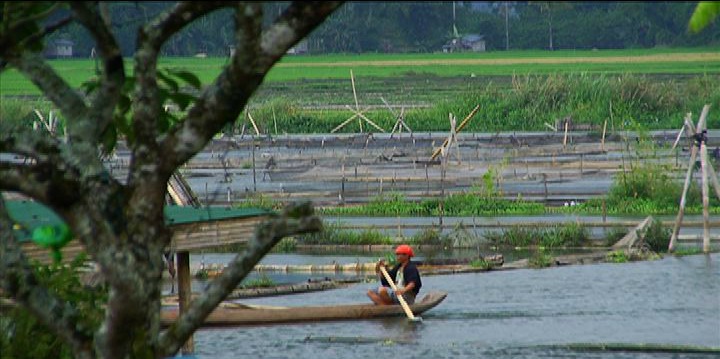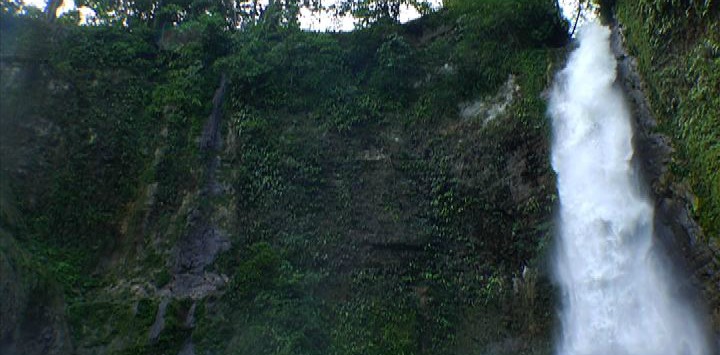Summer vacation may be over, but in a tropical country like the Philippines, it's always nice to visit a destination with a cool climate. Last week, the GMA News TV travel program “Weekend Getaway” visited Lake Sebu in South Cotabato, which may just be the Philippines’ best-kept summer secret.
The easiest way to get to Lake Sebu is to fly via General Santos. From there, one can arrange for a van to take you to Lake Sebu. If you’re the adventurous type, you can take a bus from General Santos to Koronadal, then transfer to Surallah. From there, you can ride a van to your destination.
Lake Sebu is the biggest of the three lakes in the area, the two smaller ones being Lake Seloton and Lake Lahit. Lake Sebu is regarded as a vital watershed that supplies water to Sultan Kudarat and South Cotabato. Legend has it that Lake Sebu originated from a spring guarded by a mystical frog. They say that a mortal angered the guardian frog and because of this, water continuously poured out of the spring until a lake was formed. Today, tourists can explore the beauty of Lake Sebu and the surrounding area by hiring a motor boat or a traditional T’Boli canoe.
Lake Sebu is known for its majestic Seven Falls, but only the first two falls have been developed for tourists. Adrenaline-seekers can take a zip line from Hikong Alu Falls, the first of the seven falls, all the way to the foot of the second falls. This zip line is hailed as the longest and the highest in the country. The fee to use the zip line is just P250. Hikong Alu Falls can be reached by habal-habal or motorbike.
The T’boli are the indigenous people of Lake Sebu. To learn about their rich culture, visit the T’boli museum, where an array of native handicrafts are on display including gongs, handmade brass bells, clay pots, and different parts of a traditional T’boli house.
When in Lake Sebu, another place of interest is the home of t’nalak weaver Lang Dulay, who in 1998 was declared a National Living Treasure by the National Commission for Culture and the Arts. The t’nalak or T’boli cloth is made of fine abaca fiber woven without the aid of any pattern or machine. The designs are inspired by the dreams of the weavers. Though she is already in her 90s, Lang Dulay continues to weave until today. Her intricately woven T’nalak cloth sells for around P500 to P1000 per yard. For more travel tips on the Philippines’ top destinations, watch “
Weekend Getaway” every Friday at 10:00 PM on GMA News TV Ch. 11.—
Angel Bombarda, PF/GMA News 








